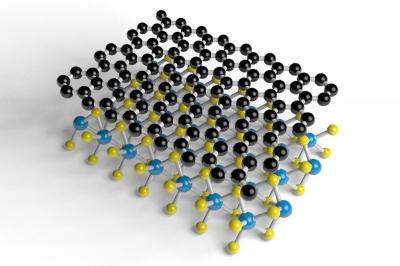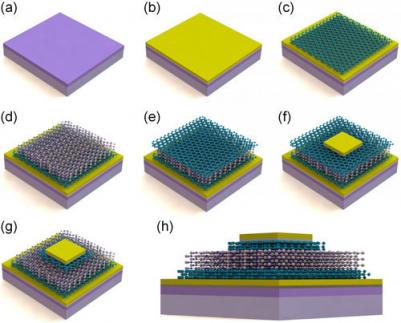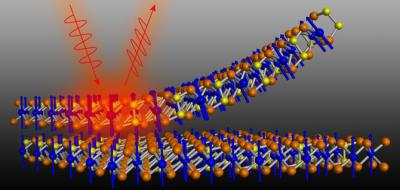Graphene-based structures found to have extremely long spin relaxation lifetime
Researchers from Spain's ICN2 institute have discovered that graphene/TMDC heterostructures can exhibit etremely long spin relaxation lifetime. These structure feature lifetimes that are orders of magnitude larger than anything observed in 2D materials - and in fact these results point to a qualitatively new regime of spin relaxation.

Spin relaxation lifetime means that time it takes for the spin of electrons in a spin current to lose their spin (return to the natural random disordered state). A long lifetime is very important for spintronics devices. This new study reveals that the rate at which spins relax in graphene/TMDC systems depends strongly on whether they are pointing in or out of the graphene plane, with out-of-plane spins lasting tens or hundreds of times longer than in-plane spins.






